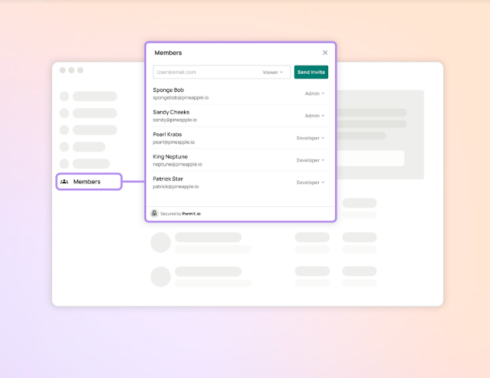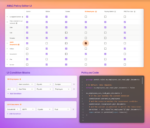
The team at the permissions framework for cloud-native applications Permit.io today launched Permit Elements, a new product that works to allow application developers to delegate the responsibility of access controls to their own customers.
This can be done using low-code, embeddable interfaces and was made possible by the company working to solve the problem of meta permissions.
With Permit Elements, application developers have the ability to embed features such as user management and audit logs straight into the application, which, according to the company, offers customers the ability to control and manage access to their own data and resources.
“As a developer, deciding who can do what and where within an internal application is already complicated enough,” said Asaf Cohen, CTO and co-founder of Permit.io. “Going beyond this and empowering customers to make these decisions for themselves – while maintaining enterprise-grade compliance and security standards – is a problem we’ve been dedicating our entire team to solving for months. Permit Elements addresses this problem with low code interfaces that can be embedded directly into an application and exposed to users.”
The team at Permit.io stated that the added layer of user management achieved by Permit Elements removes the developer as a bottleneck and allows users to take managing permissions and access controls into their own hands.
Additionally, this release utilizes anomaly detection to find would-be security breaches by
looking at user behavior within systems. It then offers protection by using internet-scouring technologies to locate and mitigate the risk of private information leaks.
“Permit Elements does for access controls what Stripe Elements did for payment processing – it’s about creating a streamlined experience,” said Or Weis, CEO and co-founder of Permit.io. “This has been one of the most highly requested features from our customers. Developers are tired of constantly rebuilding these experiences. With Permit Elements, access control is finally solved end-to-end and developers can focus on their core product.”
For more information, visit the website.




